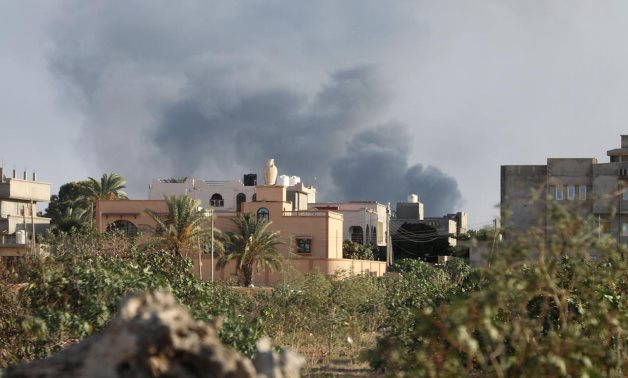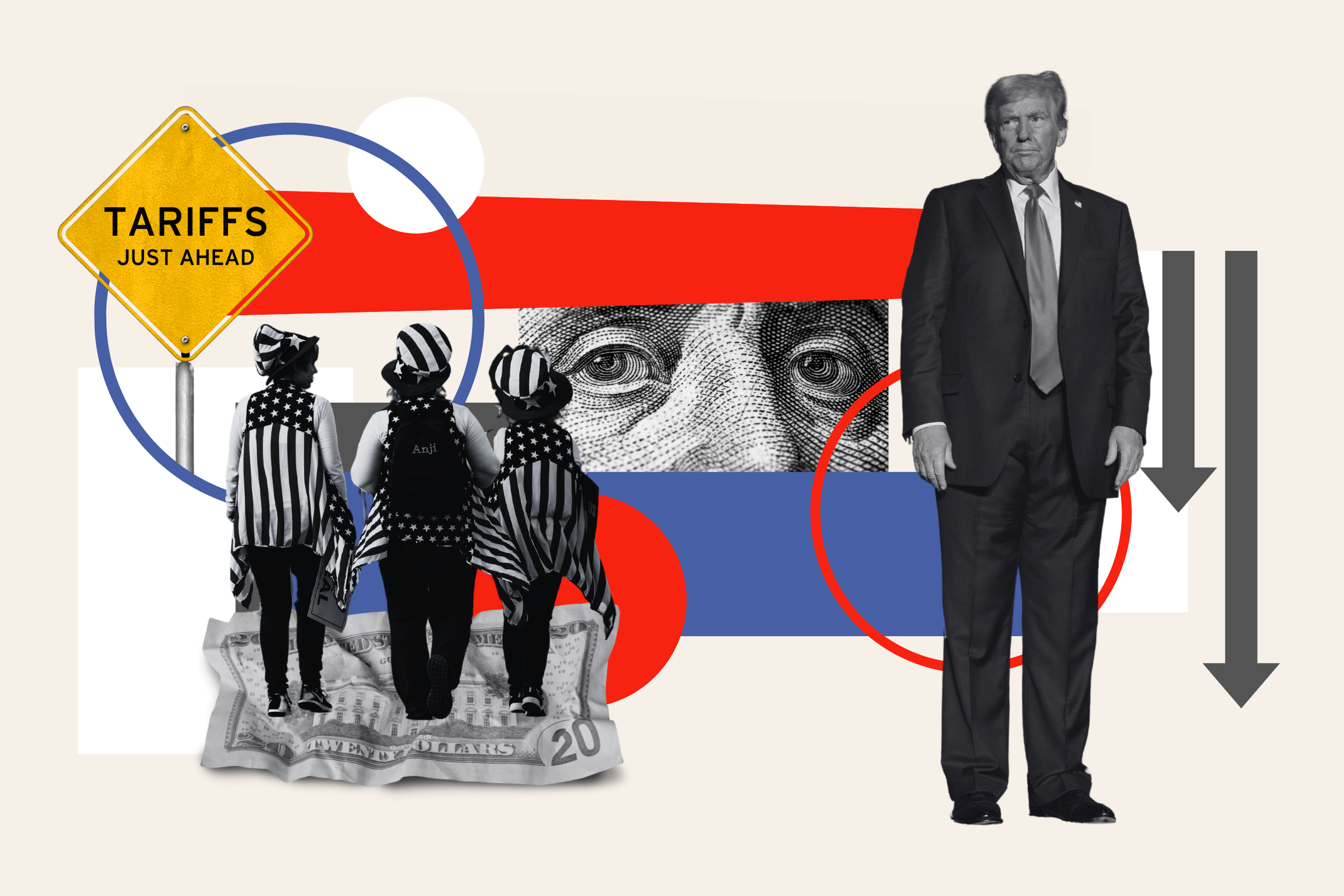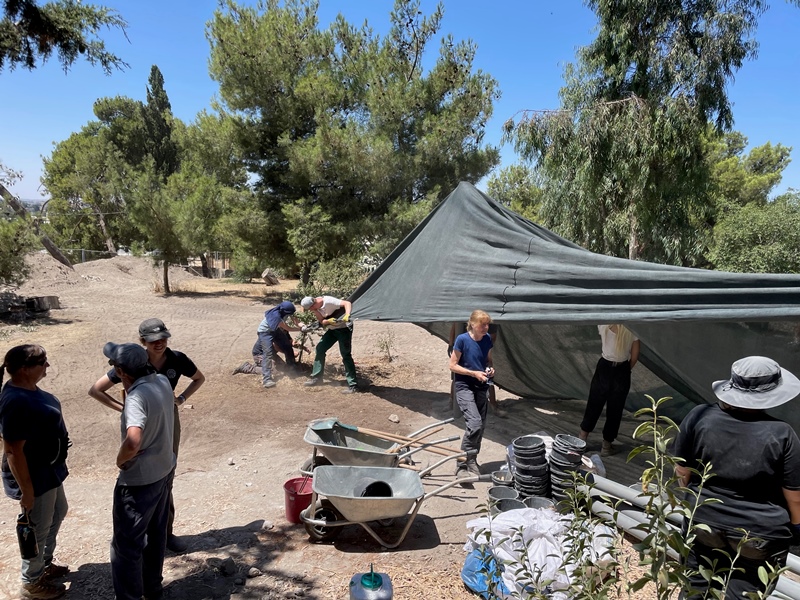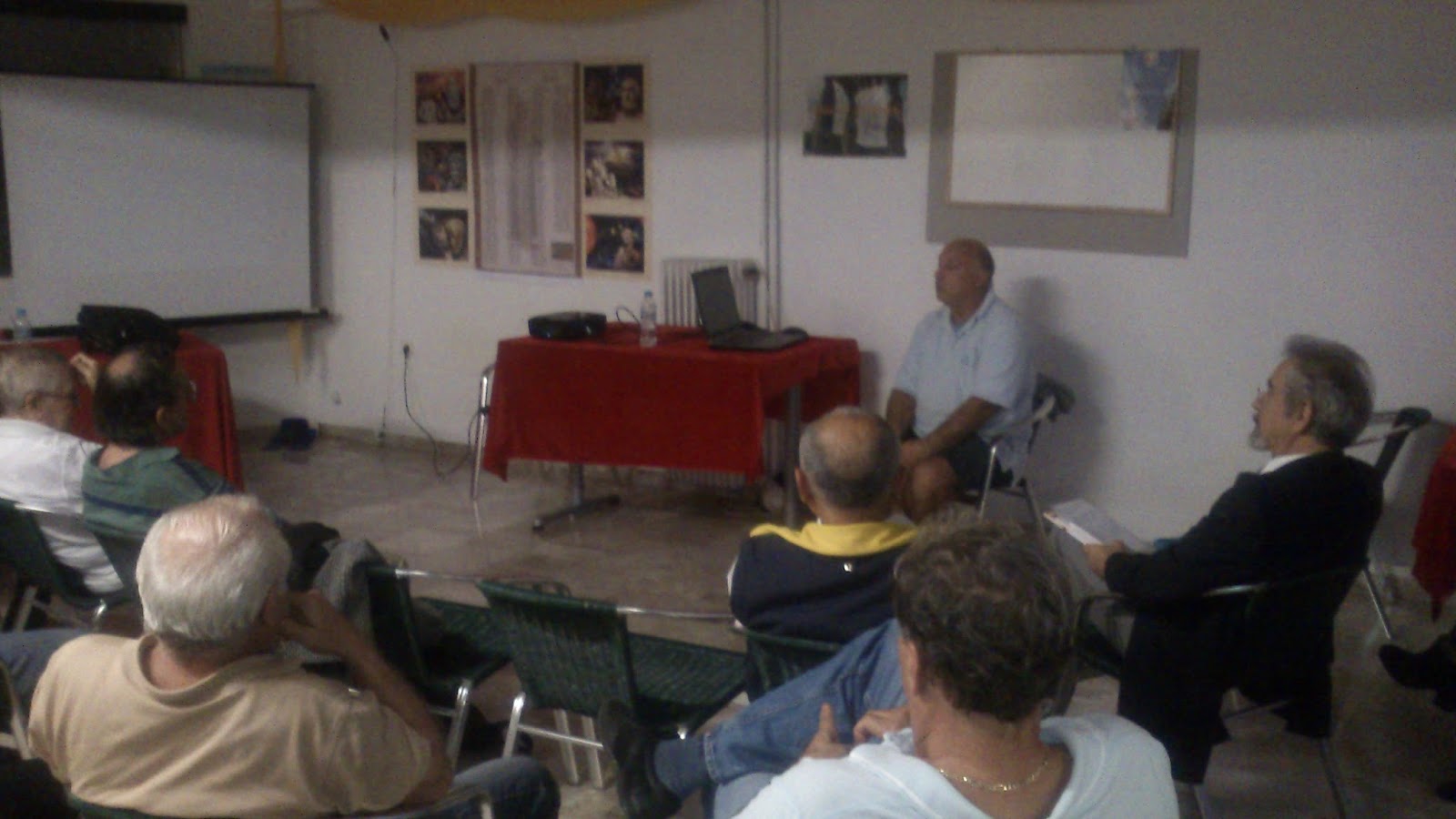Growing Protests And Violence In Tripoli: Libya's Response To Militia Power

Table of Contents
The Rise of Militias in Post-Gaddafi Libya
The origins of Libya's powerful militias are deeply rooted in the chaotic aftermath of the 2011 revolution that ousted Muammar Gaddafi. The collapse of the central government created a power vacuum, allowing numerous armed groups, each with its own agenda and allegiances, to emerge and consolidate power. These militias, often comprised of former rebels, tribal factions, and other armed groups, quickly became major players in the Libyan political landscape. Their influence extends far beyond military might; they often control territory, resources, and even aspects of governance.
- Lack of effective state-building after the revolution: The absence of a strong, legitimate government left a void that militias readily filled.
- Competition for resources and territory among different militias: Competition for control of oil fields, lucrative smuggling routes, and strategic locations has fueled violent clashes between rival factions.
- Weak central government unable to control or disarm militias: The successive Libyan governments have struggled to exert effective control over these heavily armed groups. Disarmament programs have largely failed, leaving the militias to operate with impunity.
- Foreign involvement exacerbating the situation: External actors have often supported different militias, further complicating the situation and hindering any meaningful attempt at reconciliation or disarmament.
Triggers for Recent Protests and Violence
The recent wave of protests and violence in Tripoli isn't spontaneous; it's the culmination of years of simmering frustration and discontent. Several factors have converged to ignite the current unrest:
- Economic hardship and lack of basic services: Years of conflict and political instability have crippled Libya's economy, leading to widespread unemployment, inflation, and a lack of access to basic necessities such as electricity, water, and healthcare. This economic hardship fuels popular anger and resentment.
- Political marginalization and lack of representation: Many Libyans feel excluded from the political process and believe their voices are not being heard. This lack of representation contributes to a sense of alienation and fuels the desire for change.
- Militia-related abuses and human rights violations: Militias have been implicated in numerous human rights abuses, including arbitrary arrests, extrajudicial killings, and extortion. These abuses have severely eroded public trust and fueled outrage.
- Perceived government inaction and corruption: The Libyan government's perceived inability or unwillingness to address the issues facing ordinary Libyans, coupled with allegations of corruption, has further exacerbated public anger and distrust.
Government Response and its Ineffectiveness
The Libyan government's response to the growing protests and violence has been widely criticized as inadequate and ineffective. Their strategies have often backfired, further escalating tensions.
- Use of force against protesters: The deployment of security forces against peaceful demonstrators has often led to further violence and polarization.
- Attempts at negotiation and dialogue with militias: While negotiations with militias have occasionally taken place, they have rarely resulted in lasting solutions. The lack of trust between the government and these armed groups remains a major obstacle.
- Lack of comprehensive security strategy: The absence of a coherent and effective national security strategy to address the power of militias and restore order is a critical weakness.
- Limited capacity to enforce laws and maintain order: The government's weak institutional capacity to uphold the rule of law and enforce its authority is a significant factor contributing to the ongoing chaos.
International Involvement and its Impact
Foreign powers have played a significant role in the Libyan conflict, often exacerbating the problem by supporting different factions and militias. International efforts to stabilize Libya have largely failed to address the root causes of the conflict.
- Support for specific militias by foreign governments: Some foreign states have provided support, including arms and training, to specific militias, deepening the divisions and prolonging the conflict.
- Arms flows and military training from external actors: The continued flow of arms into Libya, often facilitated by external actors, fuels the conflict and hinders disarmament efforts.
- International diplomatic efforts to address the conflict: While there have been international diplomatic efforts to mediate the conflict, they have often been hampered by the complex political landscape and the lack of trust among the various actors.
- The role of the UN in mediating the crisis: The UN's efforts to facilitate dialogue and broker a political solution have had limited success, hampered by the deep divisions and the reluctance of some actors to compromise.
Conclusion
The growing protests and violence in Tripoli are inextricably linked to the unchecked power of militias and the Libyan government's inability to effectively address this challenge. The ineffective response, coupled with the destabilizing influence of foreign actors, has created a dangerous cycle of violence and instability. Addressing the growing protests and violence in Tripoli requires a concerted international effort to disarm militias, foster political reconciliation, and empower a truly representative government. Only then can Libya hope to overcome this crisis and achieve lasting peace and stability. The international community must increase pressure on the Libyan government and militias to engage in meaningful dialogue and find a peaceful resolution to this long-standing crisis, ensuring disarmament, political reconciliation, and the establishment of a strong, inclusive government.

Featured Posts
-
 How Paige Bueckers Is Changing The Game For The Dallas Wings And The Wnba
May 19, 2025
How Paige Bueckers Is Changing The Game For The Dallas Wings And The Wnba
May 19, 2025 -
 Azzi Fudd And Paige Bueckers Red Carpet Style At The Wnba Draft
May 19, 2025
Azzi Fudd And Paige Bueckers Red Carpet Style At The Wnba Draft
May 19, 2025 -
 Analysis Trumps China Tariffs To Continue Until Late 2025
May 19, 2025
Analysis Trumps China Tariffs To Continue Until Late 2025
May 19, 2025 -
 Apofaseis Tis Synodoy Toy Patriarxeioy Ierosolymon Olokliromeni Analysi
May 19, 2025
Apofaseis Tis Synodoy Toy Patriarxeioy Ierosolymon Olokliromeni Analysi
May 19, 2025 -
 Nea Dynamiki Stis Sxeseis Ierosolymon Kai Antioxeias
May 19, 2025
Nea Dynamiki Stis Sxeseis Ierosolymon Kai Antioxeias
May 19, 2025
